Are Love and Lust the Same?
“Love is responsibility of an I for a You: in this consists what cannot consist in any feeling – the equality of all lovers.” – Martin Buber, I and Thou
“There may be an attraction that is initially sexual between two humans. If they start living together, this cannot endure for that long and be the fulfillment of the relationship. At some point, sexual/emotional [attraction] needs to deepen and the transcendental dimension needs to come in, to some extent, for it to deepen. Then true love shines through the personal. The important thing is that true love emanates from the timeless, non-formal dimension of who you are. Is that shining through the personal love that is to do with affinity of forms?
“If it is not, there is complete identification with form, and complete identification with form is ego.” – Eckhart Tolle, “Personal Love”
Sex and love are two distinct and independent ontological spheres. One stands without the other. Love is not required in places where sex is sought. It is just a matter of being there. One gets into an agreement with another, either for a fee or for the heck of it — no strings attached. In such cases, the condition might be open, casual and fearless. It might also be so private and discreet, even extremely secretive and with a lot of risk involved if divulged.
Sex, being biologically instinctual, is basically amoral. In normal circumstances, the experience of sex entails diverse levels of thrill and exhilaration. In this sense, sex between consenting individuals is fundamentally an outward expression of natural psycho-physical desire towards the other. We humans, like the so-called lower species in class Mammalia are animalia sexualem. In fact, the eminent, though highly controversial, Austrian psychiatrist/psychoanalyst Sigmund Freud robustly theorized that sex is the foundational and determining factor: the begin-all and the end-all of meaningfulness that sets into motion the complexities of the human condition in the unending experiential trails of pains and pleasures that characterize human existence. Whether we agree with Freud — and many sensible and erudite scientific minds have vehemently disagreed with him and vigorously lambasted him — or not is not our present concern.
But there is more to sex than biology. Focusing on the human realm, we enter into the socio-cultural domain with all its moral ethos and traditions, standards and conventions. Sex in this light is hence contextually seen in the contrasting loci of permission and prohibition. Instances where sex is moral on the one hand and immoral on the other are socially decided, established and instituted in both written and unwritten principles, rules and decrees. In certain cases, the moral is eclipsed by the legal, whereas in others, the moral just has to push aside the legal. One thing that stands out and transcends this whole moral-legal landscape is the matter of feeling. Human affection, at its most passionate is persistent and is prone to defy social mores and cultural norms.
Human society is basically defined by human associations and interactions. Personal relationship is a primal consideration that makes up a society. In this connection, social relationships assign roles to people as relatives, neighbors, friends and colleagues, among others. Beyond this issue, however, is the emotion involved in a relationship. One’s feelings of intimacy towards another are reckoned in terms of the degree of one’s closeness to the other, but such closeness is set within the distinct bounds of socially defined and accepted areas of interaction. Society is formed in, by and for human relationships wherein social roles determine the scope and limits of the expression and measure of affective closeness one is supposed to show towards another in a particular type of relationship. This is the specific point where the subject of love enters.
Love is expressed and qualitatively viewed by the degree of intimacy in a certain type of relationship. In this context, we should look into the various types of relationship in society and distinguish the different expressions of love shown in diverse degrees of depth and breadth of intimacy. Children’s love for their parents; parents’ love for their children; the love of brothers and sisters for their siblings; an individual person’s sisterly or brotherly love for a close friend; a husband’s love for his wife and vice versa; a girl’s love for her sweetheart. There are myriads of instances wherein love is conveyed in various degrees of feeling. In fact, the word “love” is also used to express one’s feeling towards pet animals and highly valued objects. But for our present purposes, we specifically consider love within the context of the human condition.
Love in the landscape of human interactive relationship is a broad terrain. It does not require sex to define fully and describe its substance. It is an entirely distinct sphere, as sex likewise is. In reference to David Hume’s theory of causality, there is no necessary connection between love and sex. Using the mathematical model of set theory, it is a given that sex and love are independent sets. On the other hand, it is also an empirical reality that there is an intersecting area wherein sex and love connect. In the Humean formulation, we concur with the notion that they do not actually have a necessary connection, but the area of intersection reveals what Hume called a constant conjunction. The connection between sex and love is therefore established, not analytically or logically, but rather synthetically or empirically.
Within the intersecting area, sex becomes an expression of love. The intensity of love in a zealous commitment between two human beings is given expression not only in the sentimental meeting of souls that intimately connect but also in the explicit physical engagement as a performative celebration of such commitment, elevated to the level of a mutual erotic passion. Sex, in this particular context, makes love exhilarating, even electrifying. So that love, in its erotic form, achieves a completeness, and sex, as it is performed in erotic love, is spontaneously raised to the level of aesthetic exquisiteness. Sex in this sense becomes an art.
The connectivity of sex and love in the present specific context is an ancient one. It is characterized by a lofty metaphysical formulation enshrined in the mythological traditions of antiquity. And there is something splendid in this connectivity.
“Love in these mythologies — more pronounced in the Mesopotamian tradition — is viewed as a primal life-force characterized by 1) fertility (possibilizing-of-being); 2) formity (molding-into-being); and 3) formality (ordering-of-being).
“In the Greek tradition, it is a primeval energy that cyclically flows from a universal timeless ocean — the Primordial EROS — to the ‘lakes’ of gods/goddesses in time and space — Aphrodite and Eros — to the ‘rivers’ of human passion and back to the universal timeless ocean.
“Egyptian mythology dramatizes that in the ‘rivers’ of human passion, love expresses itself as 1) physical desire (ka love); 2) sharing of the soul (ba love); and 3) commitment of the spirit (akh love).
“Ontologically, the love portrayed in ancient classical mythologies cannot be boldly signified if not viewed as the spirit that ‘inspires’ the embracing arms of creation and destruction, order and chaos, peace and violence. In Greek mythology, love (Eros) is the intensifying passion that calls into being the sting of destruction/violence (Eris).
“Love is, hence, an ancient wave that vibrates, interpenetrates, and interconnects the divine and the human in an eternal cosmic dance that makes life dangerously exciting, poignantly challenging and desperately imminent in its expression of a ‘longing for itself.'” – Ruel Pepa, Sophophilia: Critical Readings in Philosophy
In conclusion, we affirm the independence of the spheres of love and sex from each other. Nevertheless, we likewise affirm the reality of a context where the two spheres intersect and a wonderful connectivity is hence established. There is a specific ontological location where the association of sex with love perfectly fits. To distinguish this from other ontological locations where different forms of love are found is important and will lead us to an intelligent vantage point where we will never mistakenly always associate sex with love, across the board.
Editor’s Note: Photographs one, three, seven, eight and nine from the archive of A Diamond Fell From the Sky, with photographs three and nine by Man Ray. Photographs four, five and six by Wally Gobetz and photograph two by Nathanael Boehm.
Related Articles

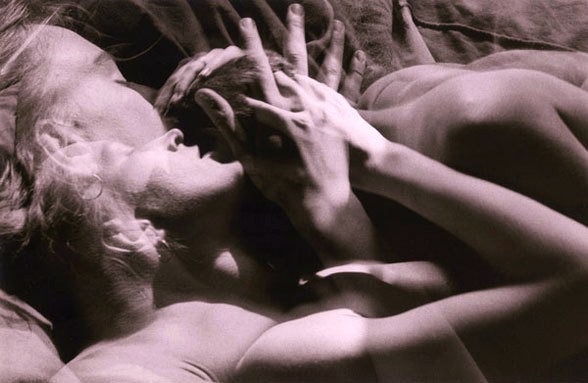
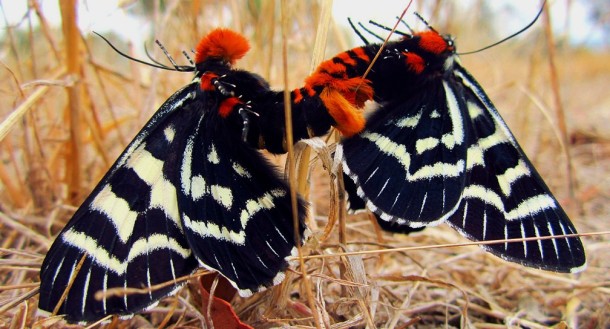
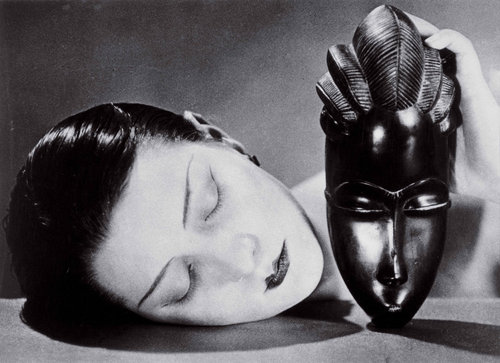

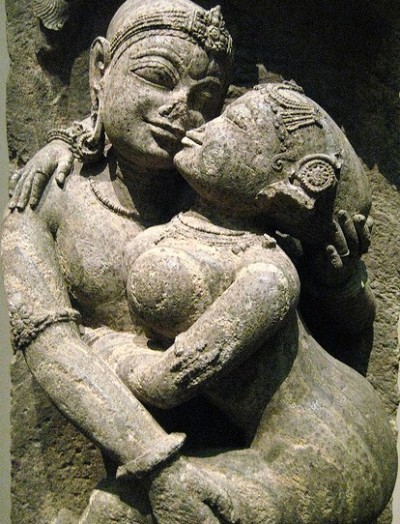


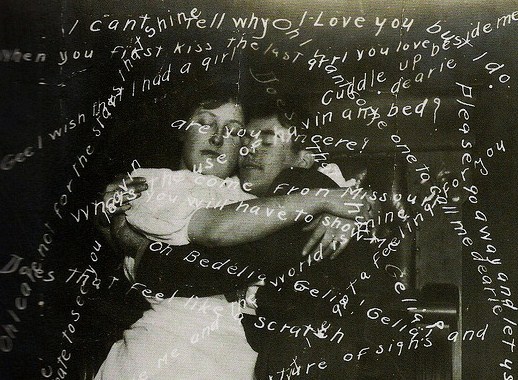
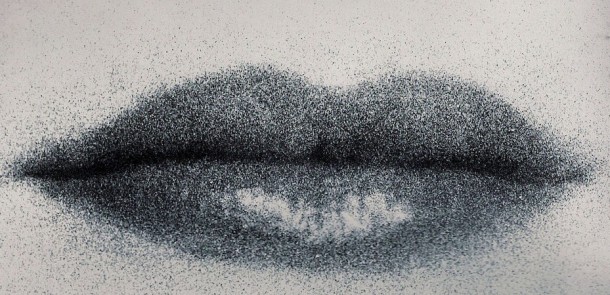












2 Responses to Are Love and Lust the Same?
You must be logged in to post a comment Login